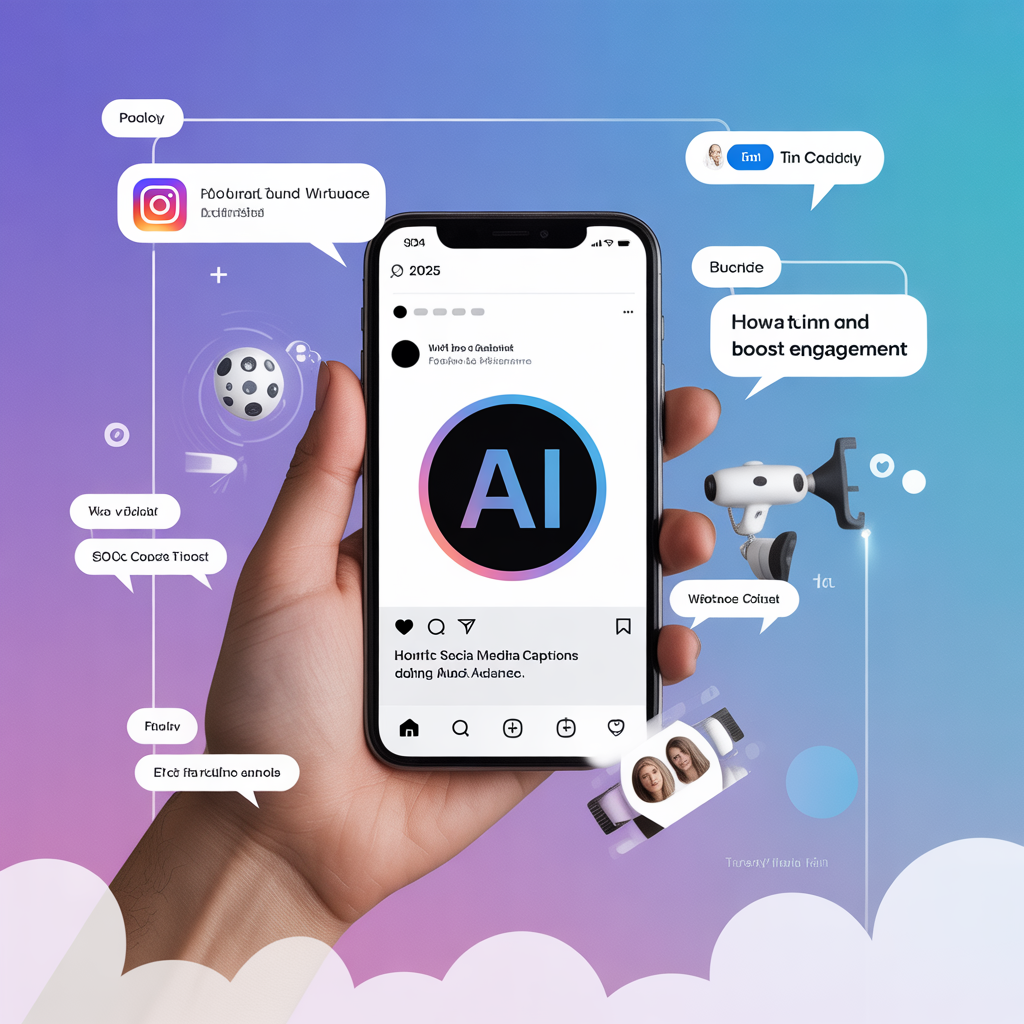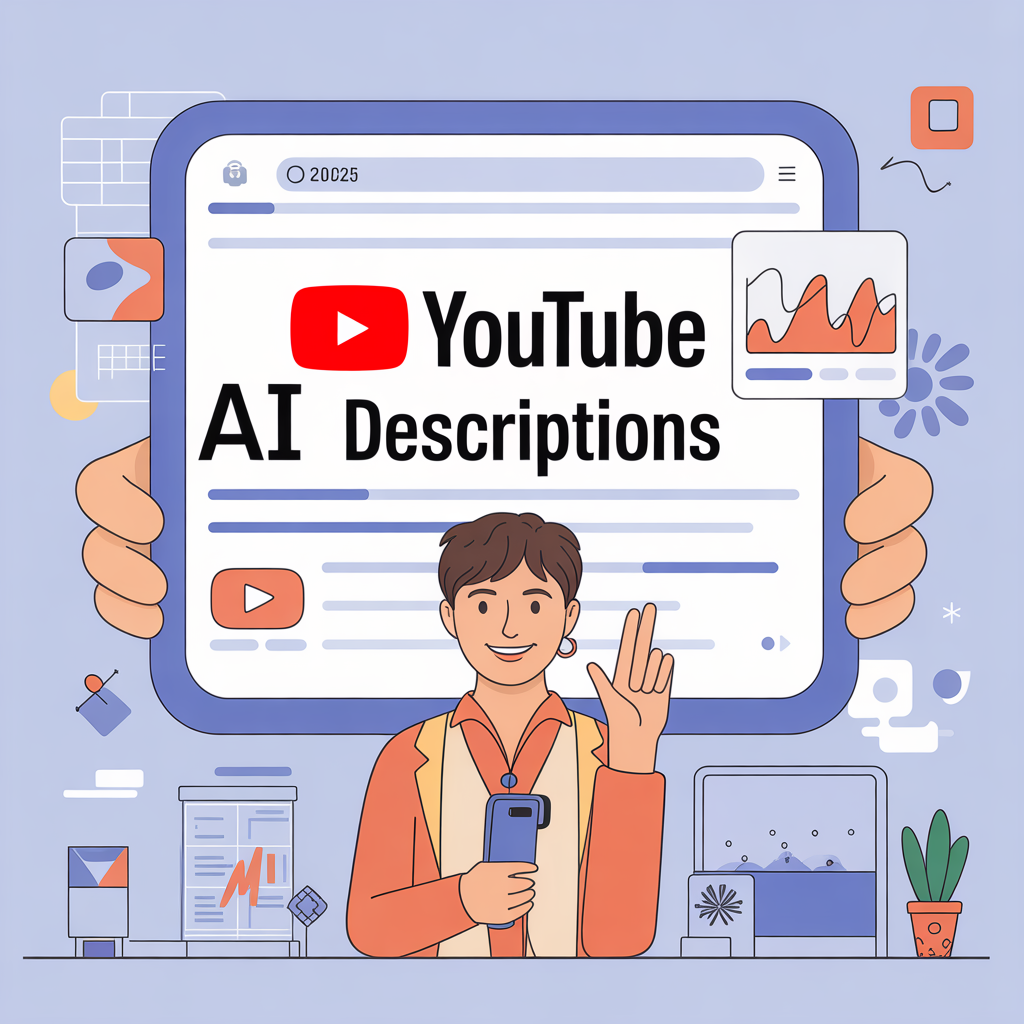Writing product descriptions that convert is both an art and a science. On Amazon, where shoppers make split-second decisions, your description needs to attract, inform, and persuade — all within a few short paragraphs.
But here’s the challenge: most sellers either copy competitor text or write generic descriptions that fail to connect emotionally. That’s where AI writing tools come in — helping you write smarter, faster, and more effectively.
In this blog, we’ll explore how to use AI to craft Amazon product descriptions that are optimized for both Amazon’s A9 algorithm and human psychology — so your listings don’t just rank, but actually sell.
1. Why Your Product Description Matters
While titles and bullet points drive clicks, the description closes the sale.
It’s where you build emotional trust, answer doubts, and showcase value.
A good product description can:
- Improve conversion rate
- Reduce returns and refunds
- Strengthen brand identity
- Help your product appear in voice and long-tail searches
It’s not just text — it’s your virtual salesperson.
2. How AI Can Help You Write Better and Faster
AI tools like ChatGPT, Jasper, Writesonic, and Copy.ai are revolutionizing Amazon content creation.
They can help you:
✅ Generate SEO-rich descriptions in minutes
✅ Identify relevant keywords automatically
✅ Maintain consistent tone and brand voice
✅ Save time when managing large catalogs
However, the secret is not to depend entirely on AI. The best results come from a human-AI hybrid approach:
AI for speed and structure → Human editing for emotion, trust, and conversion.
3. The Perfect Amazon Product Description Formula
AI works best when given a clear framework.
Here’s a proven formula you can use every time — whether you’re writing manually or with AI assistance:
[1] Hook + Problem Statement
Grab attention by addressing a pain point.
[2] Product Solution
Explain how your product solves that problem uniquely.
[3] Features & Benefits
Highlight main features, but connect them to user benefits.
[4] Proof & Trust
Add reviews, ratings, or brand credibility.
[5] Call to Action (CTA)
Encourage the customer to make the purchase confidently.
4. How to Write AI Prompts That Work
To get quality content from AI, your prompts must be clear and detailed.
Example Prompt:
“Write an Amazon product description for a stainless steel reusable water bottle. Focus on eco-friendliness, durability, and temperature retention. Write in a persuasive, benefit-driven tone. Include 3–4 paragraphs, each under 80 words.”
The more context you give AI, the better the output.
Then, edit the AI text manually to:
- Add emotional words (refreshing, premium, effortless)
- Include keywords naturally (reusable water bottle, stainless steel, leakproof bottle)
- Format for easy reading
5. AI Description Example (Before & After)
❌ AI-Generated (Raw Version):
This stainless steel water bottle is durable and leakproof. It keeps drinks cold or hot for hours. Perfect for travel, gym, or office use. Eco-friendly and stylish design.
✅ Human-Optimized (After Editing):
Stay hydrated wherever you go with our Premium Stainless Steel Water Bottle — designed for everyday life. Its vacuum-insulated double wall keeps your drinks ice-cold for 24 hours or steaming hot for 12.
Built from BPA-free, eco-friendly materials, it’s 100% safe and reusable — helping you protect both your health and the planet. Whether you’re in the gym, office, or outdoors, this bottle combines style, performance, and sustainability like no other.
Make hydration effortless — choose quality that lasts.
6. Optimize Descriptions for SEO
Amazon’s A9 algorithm scans your bullet points, titles, and descriptions for keyword relevance.
To boost your ranking, ensure your description includes:
- Primary keyword 2–3 times
- Secondary keywords naturally integrated
- Synonyms and long-tail phrases
Example:
Instead of repeating “water bottle” endlessly, use variations like “drink flask,” “hydration bottle,” “reusable steel bottle.”
This improves your listing’s semantic depth and helps you appear in more searches.
7. Add HTML Formatting for Better Readability
You can use simple HTML tags (allowed by Amazon) to make your description more readable:
<b>Stay Hydrated Anywhere:</b> Designed for everyday adventures.<br><br>
<b>Eco-Friendly Design:</b> BPA-free and reusable.<br><br>
<b>Temperature Control:</b> Keeps drinks hot or cold for hours.
This creates clean line breaks and bold headings — making your text look professional on both desktop and mobile.
8. Combine AI with Brand Voice
AI often writes in a neutral tone. Add your brand voice to make it feel human.
For example:
- For a premium brand → Use elegant, confident language
- For a sports brand → Use energetic and motivational language
- For a kids’ brand → Use fun, friendly, and warm tones
Train AI by giving it examples of your brand tone in your prompts — it will adapt and learn quickly.
9. Test and Track Performance
AI-written descriptions can perform differently depending on your niche.
Track performance using:
- CTR (Click-Through Rate)
- CVR (Conversion Rate)
- Keyword ranking changes
If performance drops, tweak your keywords, test new emotional angles, or rewrite key paragraphs manually.
Conclusion
AI isn’t replacing Amazon copywriters — it’s empowering them.
When used right, it becomes your creative partner, not a shortcut.
By combining AI’s efficiency with human strategy, you can write Amazon descriptions that are:
- SEO-optimized
- Emotionally engaging
- Conversion-focused
In 2025 and beyond, the sellers who master this balance will dominate the marketplace.
So start experimenting, find your brand voice, and let AI handle the heavy lifting — while you focus on scaling your business.


